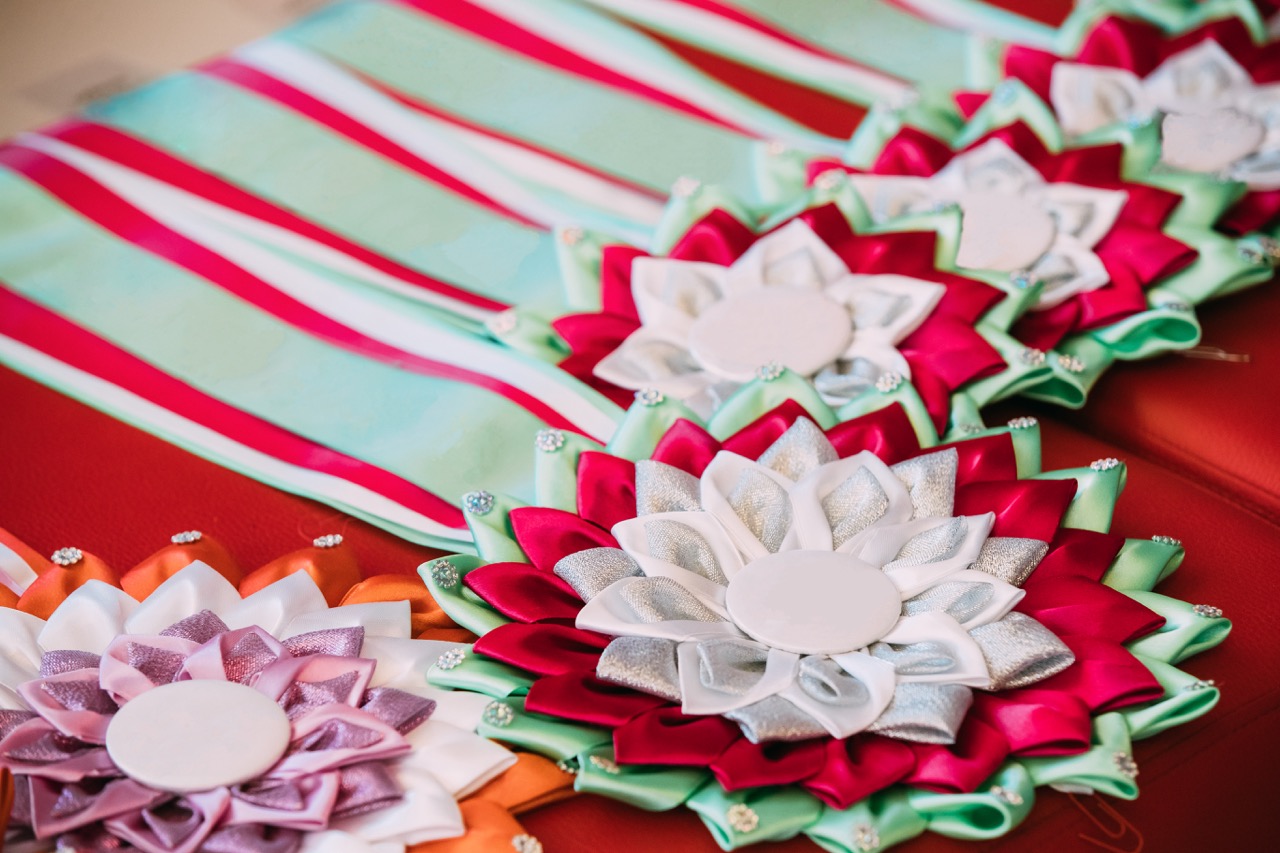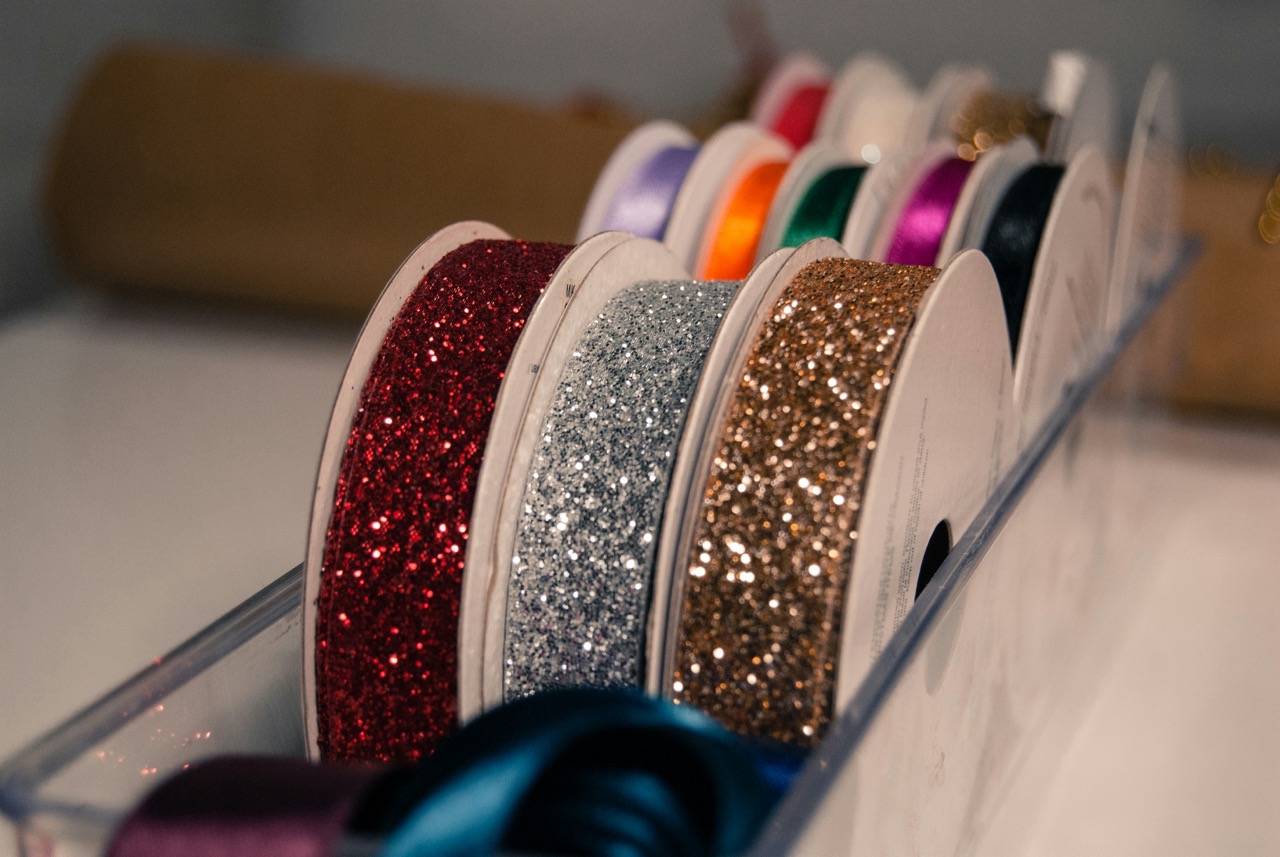Designing your own ribbon patterns opens a world of creativity and personalization that can enhance any project. Whether you’re crafting for special occasions, decorating gifts, or embellishing clothing, custom ribbon designs add a unique touch. This guide will walk you through the essential elements of ribbon design and inspire you to unleash your artistic flair.
Ribbon patterns are not just about aesthetics; they are a means of self-expression. With a variety of techniques and tools at your disposal, you can create patterns that reflect your personality and style. From understanding the basics of design to exploring intricate motifs, this article will provide you with the knowledge and inspiration to embark on your ribbon design journey.
Unleashing Your Creativity: The Art of Ribbon Design
Ribbon design is an artistic endeavor that combines imagination with technique. It allows you to create visual narratives through the careful arrangement of shapes, colors, and textures. The beauty of ribbon lies in its versatility—one can easily transition from simple designs to intricate patterns, making it an ideal medium for both beginners and experienced artisans.
Engaging in ribbon design can also serve as a therapeutic outlet, helping to boost mental well-being and focus. By immersing yourself in the creative process, you’ll not only enhance your skills but also develop a deeper appreciation for the art form. Embrace the joy of experimentation as you explore the endless possibilities of ribbon patterns.
Understanding the Basics of Ribbon Patterns and Textures
Before diving into design, it’s crucial to understand the fundamental elements of ribbon patterns and textures. Patterns can be categorized into geometric, floral, abstract, or thematic designs. Each category offers a unique visual appeal and can evoke different emotions. Textures, on the other hand, refer to the surface quality of the ribbon—smooth, satin, burlap, or embossed—and can significantly impact the overall look of your design.
Incorporating various textures into your patterns can add depth and interest. For instance, pairing a glossy satin ribbon with a textured burlap can create a stunning contrast. As you develop your designs, consider how different textures interact and how they can enhance the visual narrative you wish to convey.
Tools and Materials You Need for Ribbon Design
Equipping yourself with the right tools and materials is essential for successful ribbon design. Basic supplies include different types of ribbons, scissors, a ruler, a pencil, and a sketchbook. You may also find it helpful to have fabric glue or double-sided tape on hand for attaching your designs to various projects.
For digital designers, graphic design software can be an invaluable resource. Programs like Adobe Illustrator or Canva allow for precise control over patterns and colors, enabling you to create intricate designs with ease. Whichever medium you choose, having a variety of ribbons and tools will inspire countless design possibilities.
Finding Inspiration: Nature, Art, and Everyday Life
Inspiration for ribbon patterns can be found all around us. Nature is a rich source of ideas, with its vibrant colors and organic shapes. Observing flowers, leaves, and landscapes can help you develop patterns that are both beautiful and meaningful. Consider taking photographs or sketching scenes that catch your eye, as these can serve as the foundation for your ribbon designs.
Additionally, art and architecture provide endless inspiration. Visiting galleries or exploring different cultures can spark ideas for unique motifs and styles. Everyday life, too, can be a source of creativity—look for patterns in textiles, wallpapers, or even the arrangement of objects in your home. By keeping an open mind, you’ll discover inspiration in the most unexpected places.
Step-by-Step Guide to Sketching Your Ribbon Patterns
Once you have gathered inspiration, it’s time to put pen to paper and start sketching. Begin by brainstorming ideas based on your observations. Choose a few elements that resonate with you and start sketching various compositions. Don’t be afraid to experiment with different arrangements and styles; this is all part of the creative process.
As you sketch, consider how each element interacts with others. Pay attention to balance and flow, and think about how your designs can be repeated or altered to create a cohesive pattern. Remember, sketches don’t need to be perfect; they’re a way to explore your ideas and refine them before finalizing your designs.
Choosing the Right Colors for Your Ribbon Creations
Color selection is a critical aspect of ribbon design that can impact the overall mood and appeal of your patterns. Colors evoke emotions and can communicate themes or messages. Familiarizing yourself with color theory can help you understand how different colors work together, creating harmony or contrast within your designs.
When selecting colors for your ribbon patterns, consider the purpose of your creation. For festive occasions, vibrant and bold hues may be appropriate, while muted or pastel tones can convey elegance and subtlety. Experiment with different color combinations and use color swatches to visualize how they work together before settling on your final palette.
Exploring Various Styles: From Classic to Modern Designs
Ribbon design encompasses a vast range of styles, from classic motifs to contemporary patterns. Classic designs often feature timeless elements such as florals, stripes, and damask patterns, which can evoke a sense of nostalgia and elegance. These styles are versatile and can be adapted for a variety of occasions.
In contrast, modern designs often embrace minimalism and abstraction, focusing on bold colors and geometric shapes. By exploring various styles, you can find a unique voice that resonates with your artistic vision. Don’t hesitate to blend different styles, as this can lead to innovative and eye-catching designs that reflect your personal aesthetic.
Techniques for Creating Unique Ribbon Patterns and Motifs
To set your ribbon designs apart, consider employing a variety of techniques that enhance uniqueness. Hand-drawn elements can add a personal touch, while digital tools allow for precision and intricate detailing. Experiment with layering patterns, adding textures, or incorporating embellishments such as beads or sequins.
Printing your designs onto fabric ribbons is another exciting avenue to explore. With advancements in printing technology, you can transfer your unique patterns onto actual ribbon material, opening new possibilities for customization. The key is to experiment and push the boundaries of conventional ribbon design, allowing your creativity to shine.
Experimenting with Shapes: Curves, Angles, and Lines
Shapes play a vital role in ribbon design, influencing the overall composition and feel of your patterns. Experimenting with curves, angles, and lines can lead to dynamic and visually appealing designs. Curved shapes often convey softness and flow, making them ideal for floral or whimsical patterns.
On the other hand, angular shapes can introduce a sense of structure and modernity. Integrating lines—whether straight or wavy—can guide the viewer’s eye through your design, creating a rhythm and balance. By thoughtfully incorporating various shapes, you can create patterns that are not only beautiful but also captivating and engaging.
Tips for Balancing Complexity and Simplicity in Design
Finding the right balance between complexity and simplicity is crucial in ribbon design. A design that is too intricate may overwhelm the viewer, while one that is overly simplistic may lack visual interest. Strive for an equilibrium that captures attention without becoming cluttered.
When developing your patterns, consider starting with a simple base and gradually adding layers of complexity. This approach allows you to maintain control over your design while experimenting with new elements. Remember, negative space is also an essential aspect of design—it can enhance the overall composition and create a sense of breathing room in your patterns.
Transforming Your Patterns into Beautiful Ribbon Projects
Once you’ve developed your ribbon patterns, it’s time to bring them to life through various projects. Whether you’re creating hair accessories, gift wrapping, or home décor, your patterns can enhance the aesthetic appeal of your creations. Use your designs to inspire a cohesive theme, selecting complementary materials that showcase your ribbon patterns beautifully.
Consider the functionality of your projects as well. For instance, a decorative ribbon bow can both enhance visual appeal and serve a purpose in gift wrapping. By marrying creativity with practicality, you can create stunning projects that are both artistic and functional, allowing your designs to shine in everyday life.
Showcasing Your Work: Display and Share Your Designs
Once you’ve completed your ribbon designs and projects, showcasing your work is an important step. Consider creating a dedicated space in your home or studio to display your creations, allowing others to appreciate your talent. You can also photograph your designs and share them on social media platforms or crafting communities, connecting with other enthusiasts and gaining valuable feedback.
Participating in local craft fairs or exhibitions can provide a fantastic opportunity to showcase your work to a wider audience. Networking with fellow artisans can open doors to collaboration and inspire new ideas. Remember, sharing your creative journey not only highlights your work but also encourages others to explore and express their own artistic visions.
Designing your own ribbon patterns is a rewarding and enriching experience that fosters creativity and expression. By understanding the fundamentals, gathering inspiration, and experimenting with various techniques, you can create unique and beautiful designs that reflect your style. Embrace the process, share your creations, and let your imagination flow as you explore the captivating world of ribbon design.










